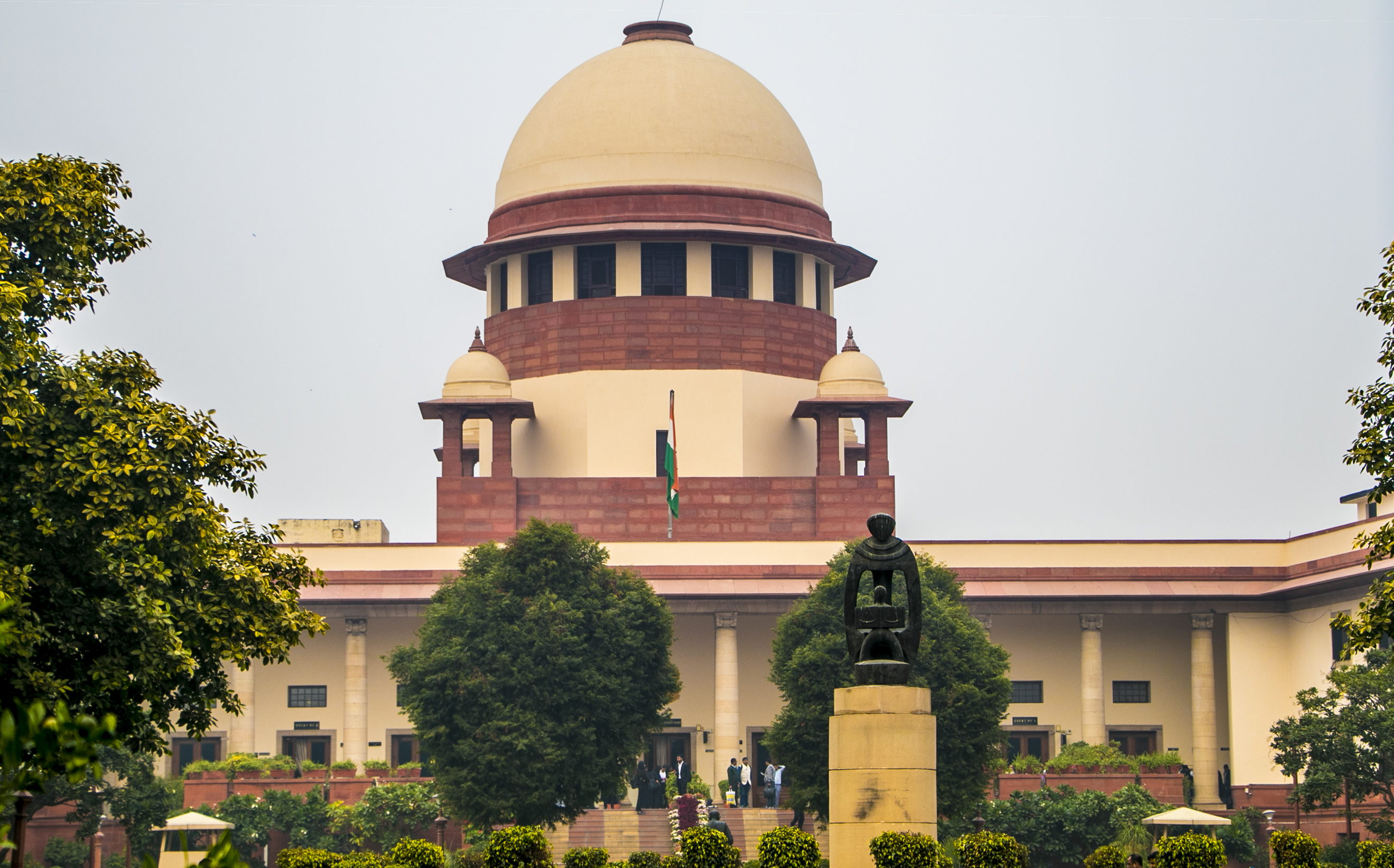Age of victims in POCSO cases to be determined based on upper limit of Bone Ossification Test,accused must be given benefit of doubt: Delhi High Court
Justices Suresh Kait & Manoj Jain [02-07-2024]

Read Order: COURT ON ITS OWN MOTION v. STATE OF NCT OF DELHI [DEL HC - CRL.REF. 2/2024]
Ridhima Malhotra
New Delhi, July 3, 2024: The Delhi High Court has ruled that in cases under the Protection of Children from Sexual Offences (POCSO) Act, where school records or birth certificates proving the exact age of the victim are not available and the age of the victim is proved through a bone ossification test, the court should consider the upper limit of the estimated age range. The court further held that a margin of error of two years should also be applied in addition to the upper age limit.
The ruling came in response to a reference sent by an Additional Sessions Judge seeking clarity on two questions of law: 1. Whether in POCSO cases, the court should consider the lower or upper side of the age range estimated by the bone ossification test; 2. Whether the principle of "margin of error" is applicable in POCSO cases where the victim's age is proved through a bone ossification test.
“In such cases of sexual assault, wherever the court is called upon to determine the age of the victim based on the bone age ossification report, the upper age given in the reference range should be considered as the age of the victim.” Justice Manoj Jain observed while delivering the judgement.The court further clarified, “The margin of error of two years is further required to be applied.”
To reach its decision, the High Court relied on several Supreme Court judgments –Rajak Mohammad v. The State of Himachal Pradesh, Maru Ram And Othersv.Union Of India (uoi) And Others,Smt. Trivenibenv.State Of Gujarat & Others, Ram Suresh Singhv.Prabhat Singh @ Chhotu Singh,Jyoti Prakash Rai @ Jyoti Prakashv.State Of Bihar, Karan @ Fatiyav.The State Of Madhya Pradesh.These Apex Court judgements have held that the age established by a radiological examination might not be precise and, therefore, sufficient margin of error must be allowed, and thatthe benefit of doubt, at all stages, should go in favour of the accused. Interestingly, the margin of error is, generally, applied on the lower side while considering the age of any juvenile in conflict with law.
Clarifying why the benefit of doubt must be in favour of the accused when the victim’s age is not certain in POCSO cases, the court pointed to the“adversarial system of law where the presumption of innocence is indispensible philosophy”.
“Though in any criminal trial, the endeavour is to reach the truth, in adversarial system, the judge generally acts like an umpire who watches whether the prosecution has been able to prove the case beyond reasonable doubt or not. Since the adversarial system in India is based on the ‘innocence of the accused’, the burden of proof, generally, falls on prosecution. Our criminal system prescribes that a case against any accused has to be proved beyond doubt. Meaning thereby, if there is an element of doubt, such benefit has to go to the accused,” the Bench said.
The high court noted that ossification tests do not give an exact age but rather an estimated range, usually spanning two years. “It could not be the intention of POCSO Act to treat a victim, a border-line minor, as a major in case the victim did not have a birth certificate/school certificate and has undergone a bone age ossification test,” Justice Jain stated in the ruling. “Such an interpretation would not be in furtherance of POCSO Act but rather in contradiction and derogation to the objective and purpose of POCSO Act.”
The court clarified that this ruling will be applicable in cases where school records or birth certificates proving the exact age of the victim are not available. The ruling is expected to have significant implications for ongoing and future POCSO cases across the country.
The Bench said that in the case in hand, the estimation age of the survivoras givenby the concerned Medical Boardwas 16-18 years. The Court ruled that after applying a‘margin of error’of two years on either side, the age range, in context of present situation, is to be considered not ‘16 to 18 years’but as‘14 to 20 years’. Thereby, the survivor’s age in the present case is to be taken as 20 years.
The ossification test determines age based on the “degree of fusion of bone” by taking the x-ray of a few bones. It evaluates the process of the bone formation based on fusion of joints between birth and generally upto the age of 25-30 years. Bone age is an indicator of the skeletal and biological maturity of an individual which assists in the determination of age. The most common method used for calculation of the bone age is radiography of the hand and wrist until the age of 18 years as the elongation of the bone is complete after adolescence. Beyond that, the medial age of clavicle is used for bone age calculation till the age of 22 years. Age determination using ossification test does not yield accurate and precise conclusions, particularly after the examinee crosses the age of 30 years.
Sign up for our weekly newsletter to stay up to date on our product, events featured blog, special offer and all of the exciting things that take place here at Legitquest.




Add a Comment